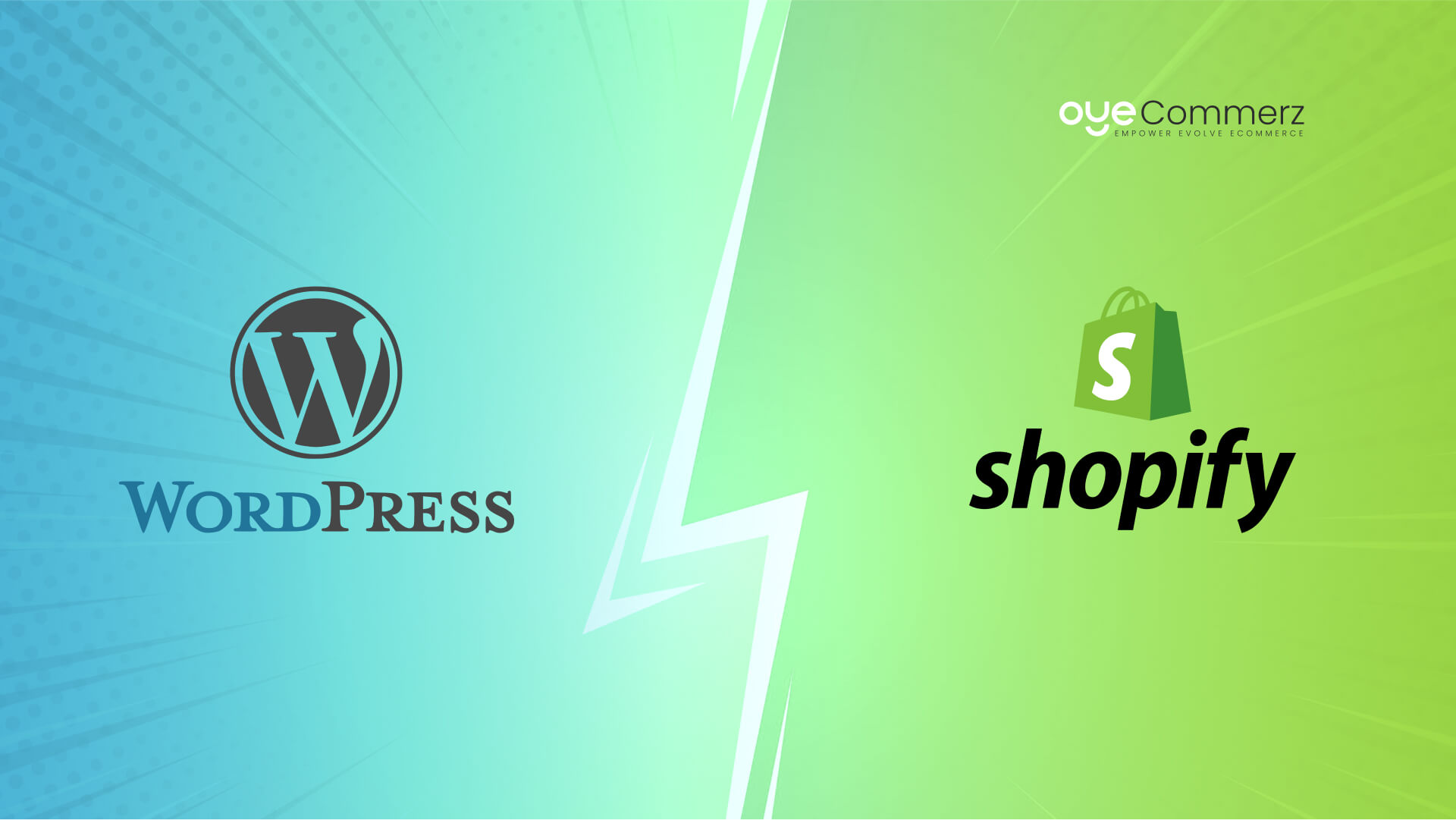An e-commerce platform's success is defined by its scalability, adaptability, and ability to offer seamless experiences to customers.
If you’re planning to migrate from WordPress to Shopify, you’re likely aiming for superior performance, greater functionality, and a more future-proof platform.
This guide outlines the essential steps, strategies, and insights to ensure your migration to Shopify is successful and disruption-free.
Why Consider Moving from WordPress to Shopify?
Although WordPress is highly adaptable, managing e-commerce through plugins can hinder seamless growth.
Shopify is designed specifically for online retail, offering powerful tools, security, and scalability to fit businesses of any size.
Shopify's reach extends to over 4.5 million stores globally in 2024, confirming its leadership in the e-commerce space.
Migrating to Shopify brings advantages such as streamlined order processing, advanced payment features, and better mobile responsiveness.
Let’s dive into the key steps to migrate seamlessly.
Step 1: Understand Your Current E-Commerce Challenges
Analyze your e-commerce store to pinpoint areas that require improvement or growth.
Pinpoint challenges such as reliance on plugins or suboptimal page speed that restrict growth.
For example, Shopify offers integrated features like Shopify Payments and customizable themes, reducing third-party tool dependency.
Step 2: Create a Migration Plan
An unorganized migration process may cause disruptions, data mishandling, or extended delays.
Ensure a smooth transition by focusing on key areas like product inventory, customer data, and order history.
Utilize Shopify’s migration features and compatible apps to ensure safe data transfer and minimal disruption.
Step 3: Personalize Your Shopify Setup
Create a brand-consistent shopping experience using Shopify’s versatile customization tools.
Choose from Shopify’s professionally designed themes or edit them to fit your needs.
Explore themes like “Impulse” and “Prestige” for responsive, feature-rich options.
If you’re an enterprise business, Shopify Plus customization takes your branding to the next level.
Oyecommerz specializes in crafting Shopify Plus themes that align with enterprise-level e-commerce needs.
Step 4: Migrate SEO Settings
Maintaining your SEO settings is crucial to keeping your website visible in search results.
Shopify offers URL redirection to ensure that your visitors land on the right pages.
Optimize metadata and link to Google Analytics for seamless SEO tracking on Shopify.
Reports indicate that 70% of websites experience temporary traffic dips post-migration without proper SEO management.
Step 5: Leverage Shopify’s App Ecosystem
Unlock advanced features for your store with Shopify’s rich selection of apps.
Apps like Klaviyo for email marketing Migration strategy for e-commerce stores and Yotpo for customer reviews can transform your customer engagement strategy.
For more complex requirements, Shopify API integration allows seamless connection with third-party tools.
Oyecommerz specializes in creating tailored integrations to meet your business's unique operational needs.
Step 6: Optimize for Mobile Users
With mobile commerce dominating 60% of sales in 2024, mobile readiness is critical.
Shopify’s responsive themes ensure your store looks great and functions smoothly on mobile.
Shopify’s payment options, like Shop Pay, offer a quick and frictionless checkout experience.
Focus on streamlined navigation and speed to maximize mobile sales potential.
Step 7: Empower Your Team with Shopify Training
While Shopify’s interface is user-friendly, training your team ensures a smoother transition.
Ensure your team knows how to handle inventory, process orders, and analyze reports.
An informed team will help you leverage Shopify to its full potential, streamlining operations.
Step 8: Verify Store Readiness Pre-Launch
Test your store rigorously to ensure all systems function smoothly before launching.
Check for broken links, missing redirects, and accurate product details.
Simulate purchases to confirm your store’s payment methods and checkout flow are problem-free.
A well-tested store provides users with a flawless shopping experience from the start.
Step 9: Promote Your Migration Strategically
Capitalize on your migration by generating buzz among your existing and potential customers.
Use email campaigns and social media to inform customers about the benefits of the new platform.
Showcase features like faster load times and a secure checkout to build trust and excitement.
Conclusion: Shopify – The Key to E-Commerce Growth
Migrating from WordPress to Shopify is more than a technical change—it’s a transformative step for your business.
From scalability to intuitive tools, Shopify equips your store to thrive in WordPress scaling issues competitive markets.
From small businesses to large enterprises, Shopify provides tailored solutions for all e-commerce needs.
Oyecommerz, a certified Shopify Plus partner, guarantees a seamless and effective transition.
Our Shopify migration services help unlock your store’s full potential while ensuring a hassle-free experience.
Unlock the future of your business with Shopify—partner with us for a flawless migration experience.
